The Nuclear-Powered Data Center21 min read
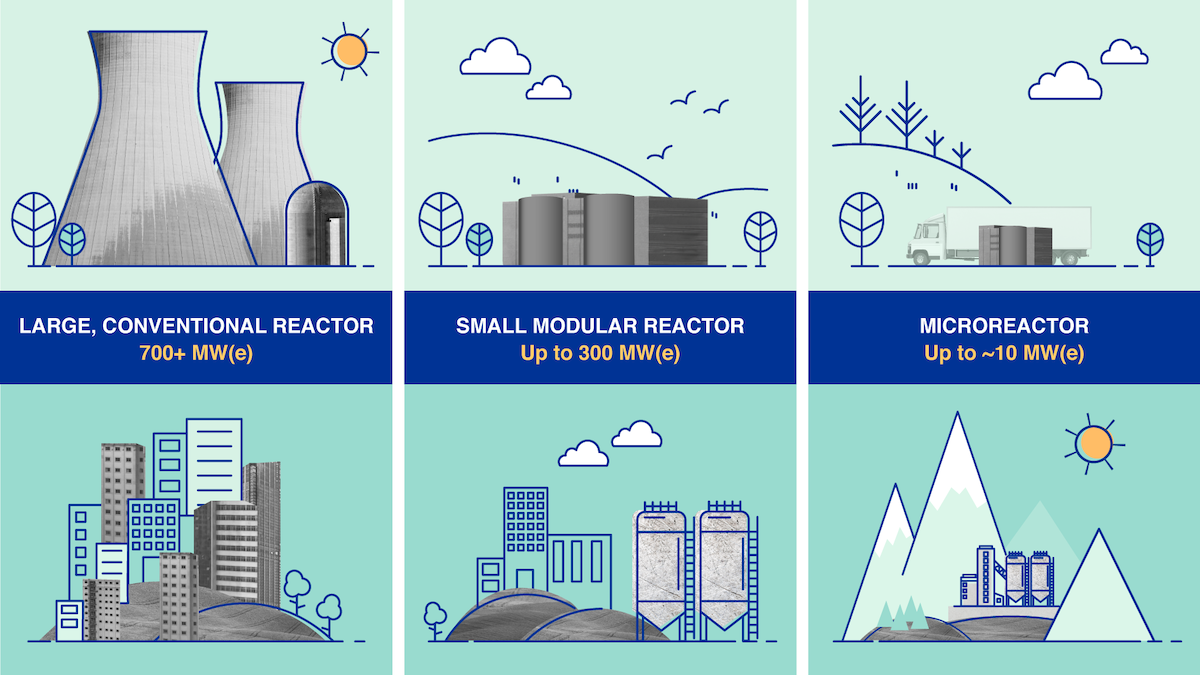
Whenever I write an article here on Upsite, I usually get a ping or two afterward with questions, comments, and on occasion, a complaint or two.
Well… when I wrote about nuclear-powered data centers, I had a few people ask him if I was being serious.
I was being serious.
Approaching the Green Data Center Market
I’m going to try to skip over the apparent statements around the benefits of going green. Basically, it’s good for the environment, it’s good for businesses, and it’s a critical part of the health and longevity of an organization. In the data center space, it’s more important than ever to invest in renewable energy sources. A recent report from Mordor Intelligence states that the green data center market was valued at just over $53 billion in 2020 and is expected to reach a value of $181.91 billion by 2026, registering a CAGR of 23.01 % during the forecast period (2021 – 2026).
According to Huawei, the global estimate of data center demand is expected to increase by 3 to 10 times by 2030. Green data centers, which provides effective and eco-friendly solutions in terms of data storage and reduction in energy consumption, is expected to witness great demand, owing to the positive outlook of the data center storage needs and new constructions, which has been brought about due to the regulations and the anticipated rise in need to reduce the operational expenditure.
Moreover, due to the rise of artificial intelligence, machine learning, big data, and the Internet of Things, the data centers’ global electricity consumption will continue to increase, which is another driving factor for green data centers.
OK. We know that there will be A LOT more data in our world. And we know that new solutions like the ‘metaverse’ will also reside in the data center. By the way, if you’re curious as to what the metaverse is and how it’ll live your data center, be sure to read my latest article on the topic.
We also know that organizations are getting very creative in how they source green energy. We talked about everything from tidal turbines to floating solar panels in a recent blog about going green in 2022. In that article, I also referenced nuclear-powered data centers. This is where we dive into our topic.
Nuclear-Powered Data Centers – Fact or Fiction?
A recent DCD post discusses how Rolls-Royce plans to offer small nuclear reactors to US-based cloud operators so their hyperscale data centers can have net-zero emissions and be independent of the electric grid. Small modular reactors (SMRs) are under development by a consortium led by Rolls-Royce. They could potentially power data centers or other infrastructure that needs a steady low-carbon energy supply, which may not be available from the local electricity grid.
According to Rolls-Royce, a single Rolls-Royce SMR power station will occupy the footprint of two football pitches and power approximately one million homes. It can support both on-grid electricity and a range of off-grid clean energy solutions, enabling the decarbonization of industrial processes and the production of clean fuels, such as sustainable aviation fuels (SAF) and green hydrogen, to support the energy transition on the broader heat and transportation sectors.
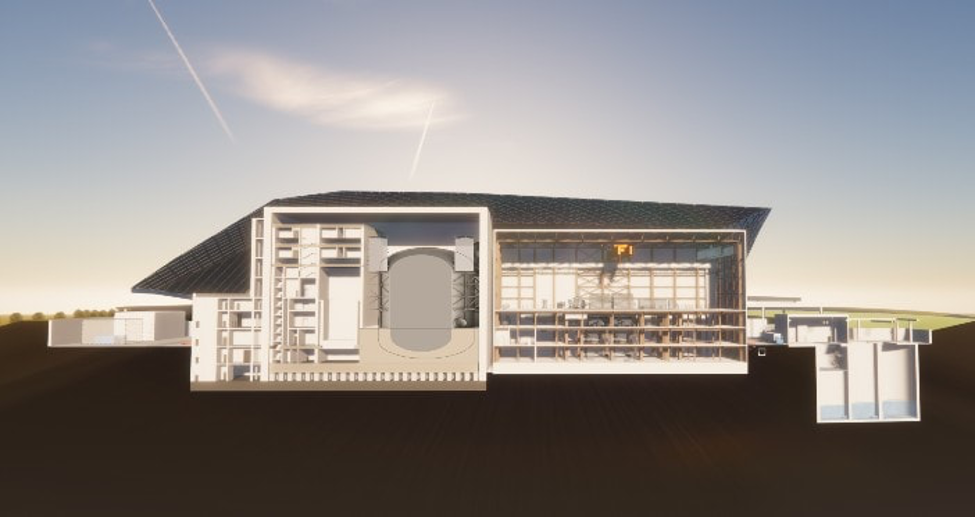
[Source: Rolls-Royce.com]
Alongside this project, both Rolls-Royce and Cavendish are involved in a similar project to build an Advanced Modular Reactor (AMR), called U-Battery. This is also aiming to deliver reactors built in factories, with a capacity of around 10MW, by the 2030s. Very recently, U-Battery demonstrated a mock-up of its reactor vessel and heat exchangers, as a milestone towards delivery of an actual system.
Pretty cool, right? But let’s pause here and do a mini deep-dive into SMRs.
According to the International Atomic Energy Agency, small modular reactors (SMRs) are advanced nuclear reactors that have a power capacity of up to 300 MW(e) per unit, which is about one-third of the generating capacity of traditional nuclear power reactors. SMRs, which can produce a large amount of low-carbon electricity, are:
- Small– physically a fraction of the size of a conventional nuclear power reactor.
- Modular – making it possible for systems and components to be factory-assembled and transported as a unit to a location for installation.
- Reactors – harnessing nuclear fission to generate heat to produce energy.
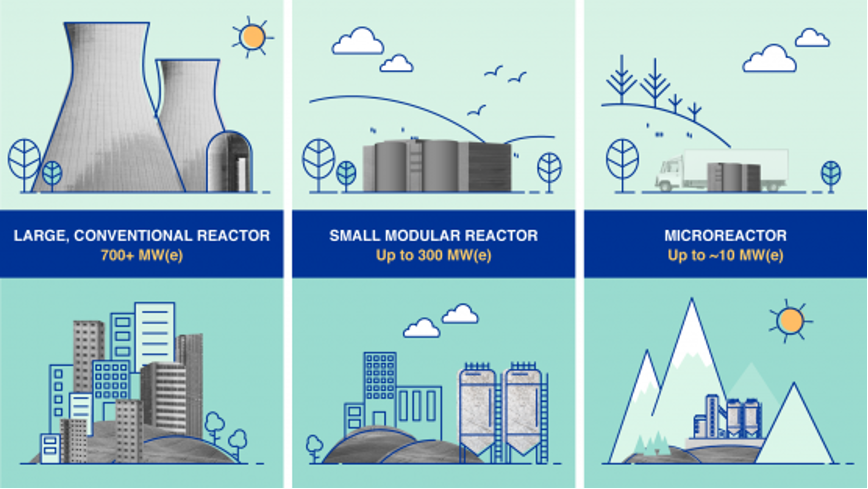
[Image: A. Vargas/IAEA]
As the IAEA points out, many of the benefits of SMRs are inherently linked to the nature of their design – small and modular. Given their smaller footprint, SMRs can be sited on locations not suitable for larger nuclear power plants. Prefabricated units of SMRs can be manufactured and then shipped and installed on-site, making them more affordable to build than large power reactors, which are often custom-designed for a particular location, sometimes leading to construction delays. SMRs offer savings in cost and construction time, and they can be deployed incrementally to match increasing energy demand.
But here’s the question on everyone’s mind … “How real is all of this?”
According to the IAEA, more than 70 commercial SMR designs being developed around the world target varied outputs and different applications, such as electricity, hybrid energy systems, heating, water desalinization, and steam for industrial applications. Though SMRs have a lower upfront capital cost per unit, their economic competitiveness is still to be proven in practice once they are deployed.
The other challenge is that this can potentially change how power purchasing agreements (PPAs) are completed. The length of a PPA may extend into 50-60 years! Then again, we know that data centers will be around for a while. The other challenge is that these are relatively newer applications for data center power. So how is the data center market approaching SMRs and nuclear power?
Actually, they’re pretty excited.
SMRs, Data Center World, and the Future
I’m excited about the amount of conversation happening around SMRs. We’re also seeing government bodies support the emergence of nuclear power for the private sector. A recent post from the World Nuclear Association states that in May 2020, the DOE launched the Advanced Reactor Demonstration Program (ARDP), offering funds, initially $160 million, on a cost-share basis for the construction of two advanced reactors that could be operational within seven years. The ARDP will concentrate resources on designs that are “affordable” to build and operate. The program would also extend to risk reduction for future demonstrations and include support under the Advanced Reactor Concepts 2020 pathway for innovative and diverse designs with the potential to be commercial in the mid-2030s. Testing and assessing advanced technologies would be carried out at the Idaho National Laboratory’s National Reactor Innovation Center (NRIC). The NRIC started up in August 2019 as part of the DOE’s Gateway for Accelerated Innovation in Nuclear (GAIN) initiative, which aims to accelerate the development and commercialization of advanced nuclear technologies. In October 2020, grants of $80 million each were made to TerraPower and X-energy to build demonstration plants that can be operational within seven years.
In December 2020, the DOE announced initial $30 million funding under the ARDP for five US-based teams developing affordable reactor technologies to be deployed over 10-14 years: Kairos Power for the Hermes Reduced-Scale Test Reactor, a scaled-down version of its fluoride salt-cooled high-temperature reactor (KP-FHR); Westinghouse for the eVinci microreactor; BWXT Advanced Technologies for the BWXT Advanced Nuclear Reactor (BANR); Holtec for its SMR-160; and Southern Company for its Molten Chloride Reactor Experiment, a 300 kWt reactor project to provide data to inform the design of a demonstration molten chloride fast reactor (MCFR) using TerraPower’s technology.
It doesn’t stop here either. At the upcoming AFCOM Data Center World 2022 conference, alongside the DOE, we’ll have presentations specifically focused on deploying and funding SMRs in the data center sector. The session will focus on how SMRs may very well be the future of data center power. They’ll also discuss how this technology is tangible, realistic, and can support emerging sustainability goals. During this workshop, they’ll discuss funding, design, and how data center operators can leverage SMRs for sustainability efforts. (PS – If you’re joining us, be sure to use KLEYMAN300 as a promo code to get $300 off the all-access pass!)
So, what’s next?
I’m going to go ahead and make a prediction: SMRs will be active in the data center space within the next 5-7 years.
Maybe this is ambitious, but I really don’t think so. Looking at this from an analyst’s perspective, there is already a lot of interest in an SMR design. There is also a lot of interest from capital funding firms to invest in long-term energy solutions.
In the data center space, there is a lot of focus on ESG, environmental sustainability, and sourcing new energy solutions. The vast growth around data requirements and the blurring between physical, digital, and biological (the metaverse) means that we are already beginning to experience the next iteration of the Internet. That is the Immersive Internet. This will be not something you look at but something you become a part of.
Call it whatever you like … the metaverse, the fourth industrial revolution, web 3.0. All of these technological advancements will require a home. And much like the confusion around cloud in the early days – all of this must live somewhere. And that somewhere is in your data center.
I’m excited to see the future of power innovation. I’m totally OK with it being nuclear-power based. However, with this being such a new topic in the data center space. I’d love to hear your thoughts. So, feel free to leave a comment, tag me in a social media post, or find me at Data Center World talking about nuclear-powered data centers. Either way, let’s keep this conversation going!
Setting the standard for rack power reliability.
With automated soldering from line input to each receptacle,
PowerLok® eliminates all mechanical connections, making it 270%
less likely to fail than rack PDUs with mechanical terminations.
Setting the standard for rack power reliability.
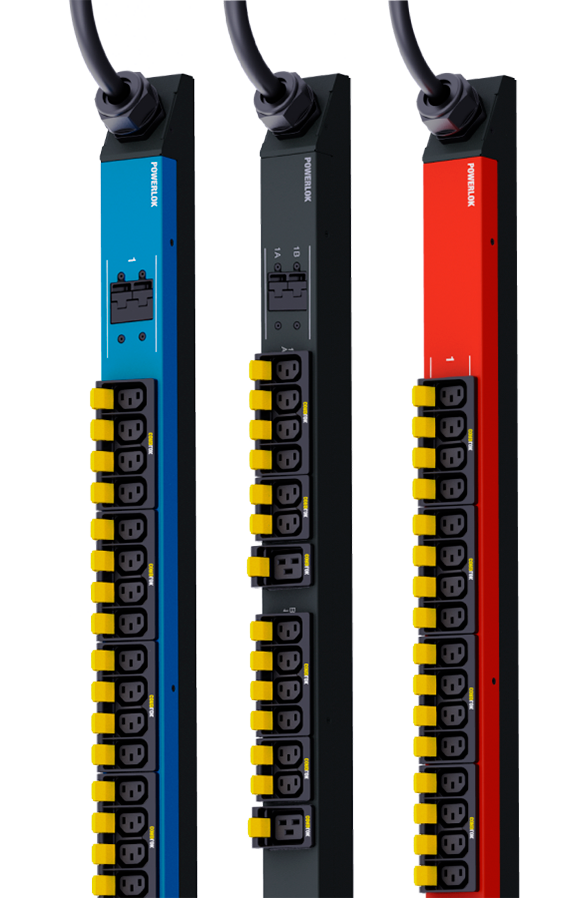
PowerLok® eliminates all mechanical connections, making it 270%
less likely to fail than rack PDUs with mechanical terminations.
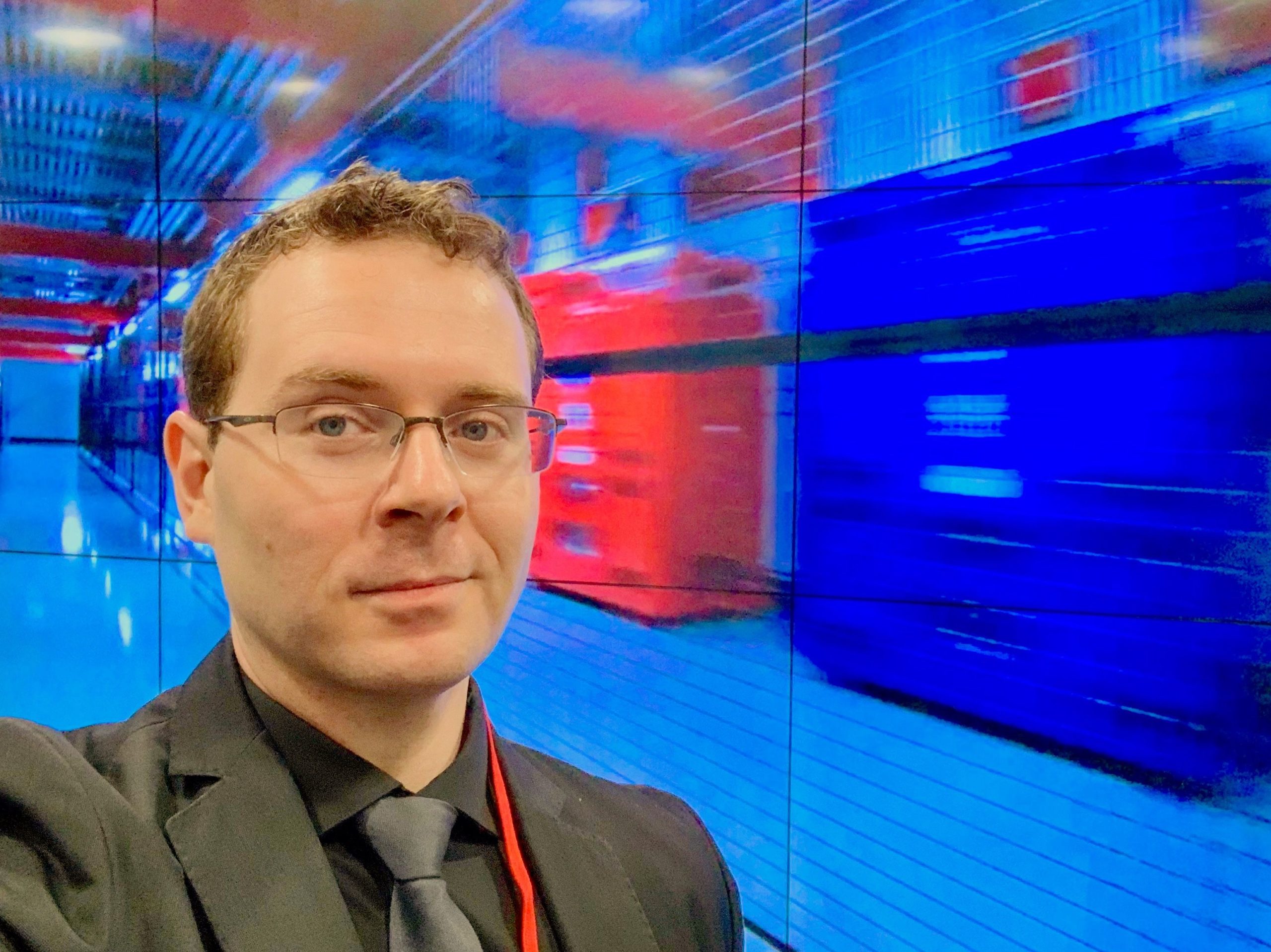
Bill Kleyman
Industry Analyst | Board Advisory Member | Writer/Blogger/Speaker | Contributing Editor | Executive | Millennial
Bill Kleyman is an award-winning data center, cloud, and digital infrastructure leader. He was ranked globally by an Onalytica Study as one of the leading executives in cloud computing and data security. He has spent more than 15 years specializing in the cybersecurity, virtualization, cloud, and data center industry. As an award-winning technologist, his most recent efforts with the Infrastructure Masons were recognized when he received the 2020 IM100 Award and the 2021 iMasons Education Champion Award for his work with numerous HBCUs and for helping diversify the digital infrastructure talent pool.
As an industry analyst, speaker, and author, Bill helps the digital infrastructure teams develop new ways to impact data center design, cloud architecture, security models (both physical and software), and how to work with new and emerging technologies.







0 Comments